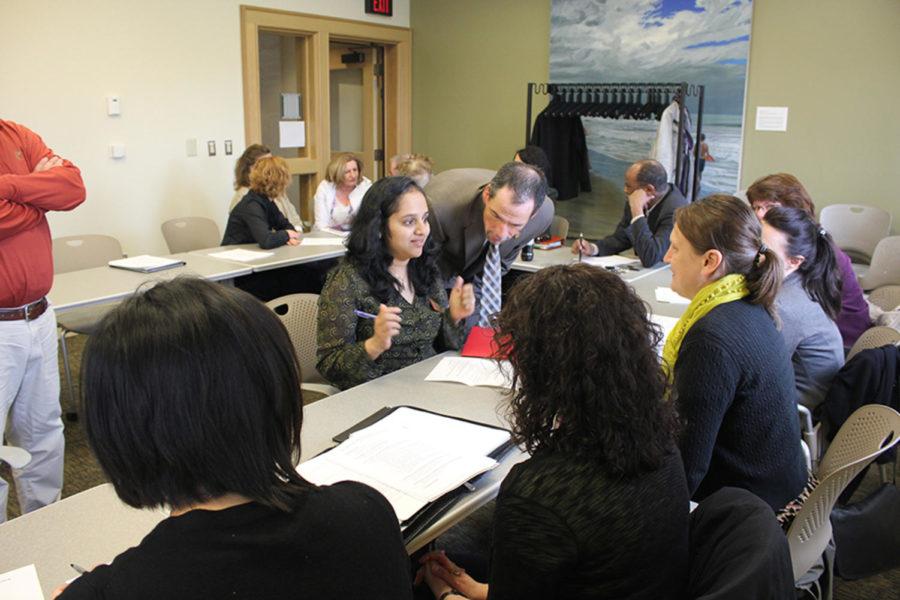CELT celebrates 20th anniversary in preparing future faculty
The Center for Excellence in Learning and Teaching is celebrating 20 years of helping ISU faculty members enhance their abilities in the classroom.
September 17, 2013
The Center for Excellence in Learning and Teaching is celebrating 20 years of helping ISU faculty members enhance their abilities in the classroom.
The center was started in 1993 by the Faculty Senate, who originally named it the Center for Teaching Excellence, when the senate saw a need to provide the opportunity for professional development among faculty members.
Originally, the organization started with only a couple of faculty members. Now, it has grown into a 13-person team.
“The type of programs we offer have changed over the years,” said Ann Marie Vanderzanden, director of the center. “Recently we have developed programs around large classes and have added more technology into our teaching.”
Today, the center uses workshops and meetings to further the teaching abilities of its members.
One area the center emphasizes is technology in the classroom. Use of clickers, Blackboard and blended courses was spawned by the group.
Those at the center have encouraged faculty to get creative with the use of clickers.
“Clickers are something students see that we’ve done,” Vanderzanden said. “We help faculty learn how to use them to teach differently … not to just use them to take attendance.”
The center does not promote only use of technology, but it also works with future faculty members with programs like “Preparing Future Faculty.”
The program is specifically for ISU graduate students who are interested in teaching at the university level.
Preparing Future Faculty consists of a series of three courses, with each course focusing on an area that a future faculty member will need to do. These areas include effective grant writing, teaching skills and how to work in the job market.
The organization is also used to bring new faculty members up to speed with instructional technology like Blackboard and ThinkSpace.
The center is overseen by an advisory board made up of a representative from each college, and one from each the Graduate and Professional Student Senate, Faculty Senate and Student Affairs.
“We work with them to get feedback on college issues,” Vanderzanden said. “We also talk with them about how we can assist them.”
Jay Newell, associate professor in journalism and communications and chairman of the center’s advisory board, says he sees the center as a way for faculty to teach one another different forms of teaching.
“I find it to be this incredible place for faculty to come together and talk about teaching issues,” Newell said. “I found techniques being used in physics that could be brought to journalism and advertising. Now things we use are being implemented in theater.”
Newell said the center has been a central place for faculty to talk about how to get over the different language barriers. The center, Newell said, helps faculty members learn how to teach but to also understand how students learn.
“Professors are professors because they love their area of study and want to bring what they know to the world,” Newell said. “[Center for Excellence in Learning and Teaching] brings people together to better themselves.

















